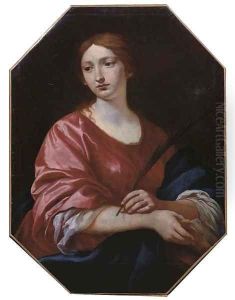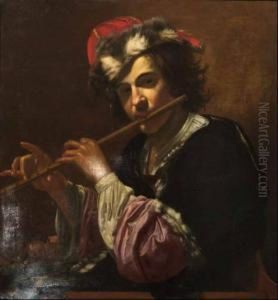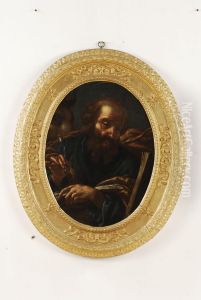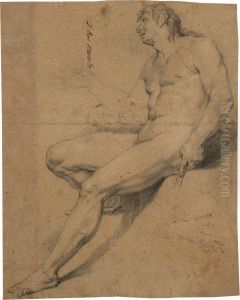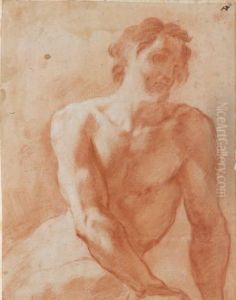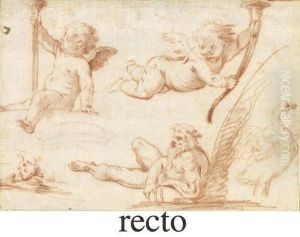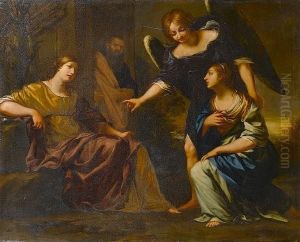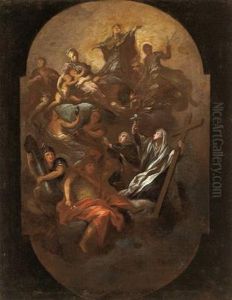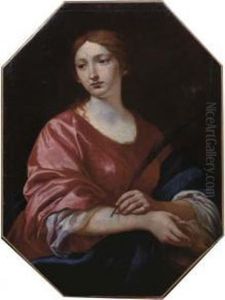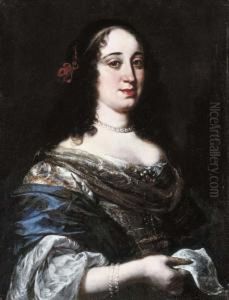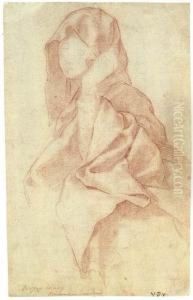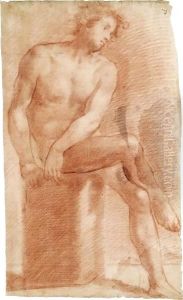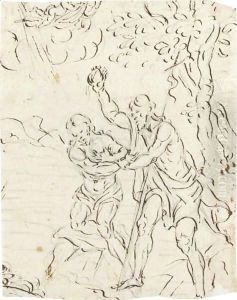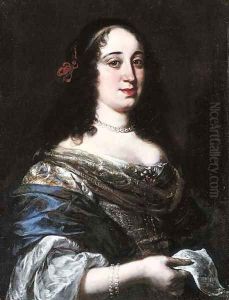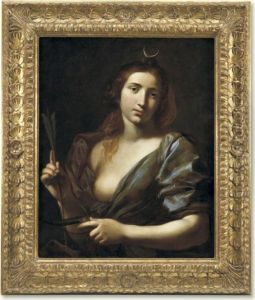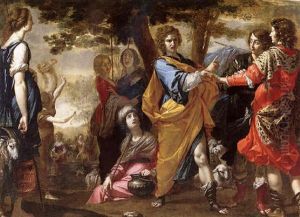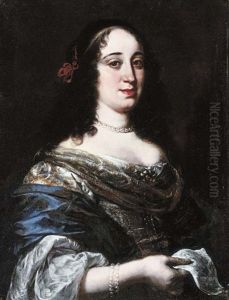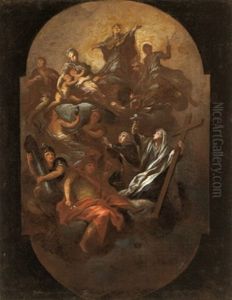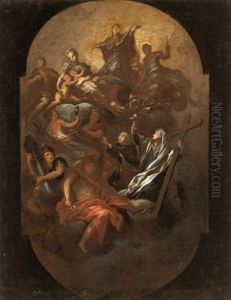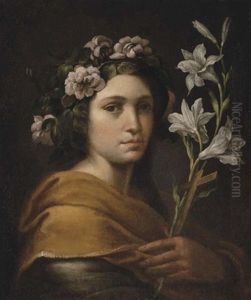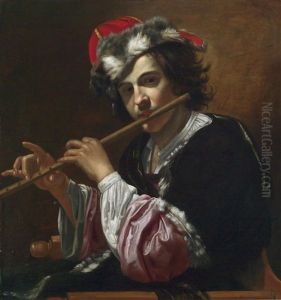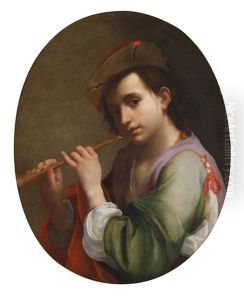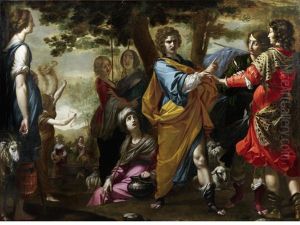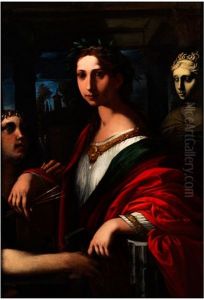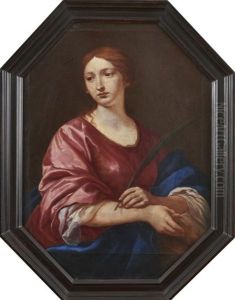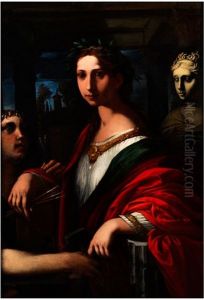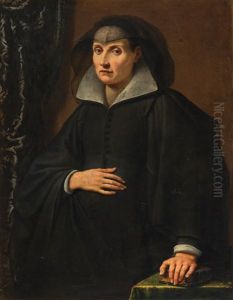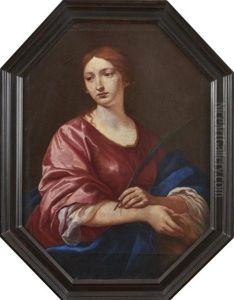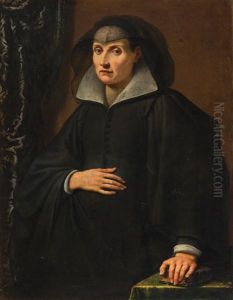Vincenzo Dandini Paintings
Vincenzo Dandini was an Italian painter of the Baroque period, born in Florence in 1609. He hailed from a family deeply entrenched in the arts; his brother Cesare Dandini was also a renowned painter. Vincenzo's artistic journey was profoundly influenced by the Mannerist and early Baroque styles, which were dominant during his formative years. He trained under his uncle, Pietro Dandini, who played a crucial role in shaping his early artistic direction and technique.
Vincenzo Dandini's work is characterized by its dynamic compositions, vibrant use of color, and the emotional intensity of the figures depicted. His religious and mythological subjects are particularly noted for their expressiveness and dramatic use of light and shadow, hallmarks of the Baroque aesthetic. Dandini served the Medici court, where he contributed significantly to the artistic projects commissioned by the ruling family, illustrating his importance and recognition in Florentine artistic circles.
Throughout his career, Dandini also engaged in significant educational activities, taking on numerous students and thus influencing the next generation of Florentine artists. His legacy is not only preserved in his artworks but also in his contribution to the development of the Baroque style in Florence.
Dandini's works can be found in various churches and galleries in Florence and beyond, serving as a testament to his skill and artistic vision. He remained active in the Florentine art scene until his death in 1675. Vincenzo Dandini's contributions to Italian art have been recognized over the centuries, and he remains an important figure in the study of Baroque painting.
